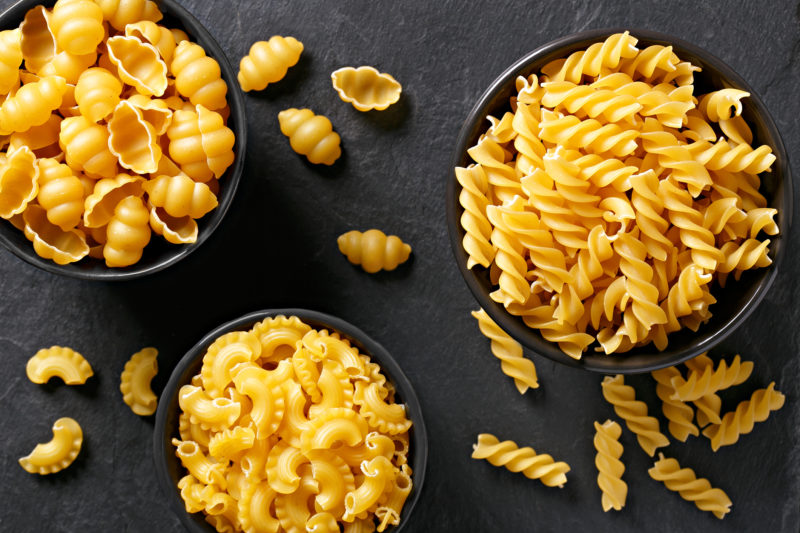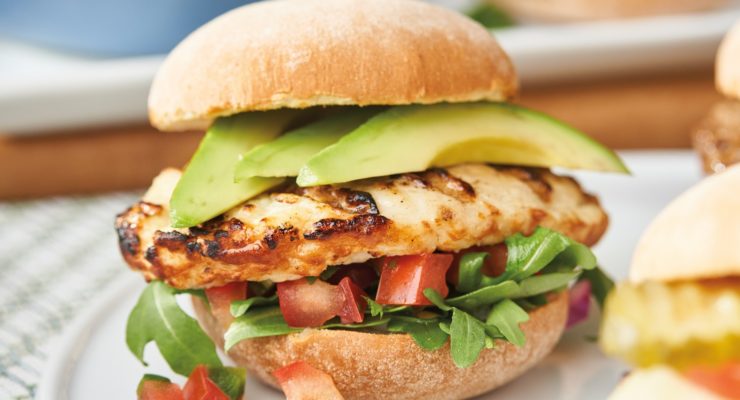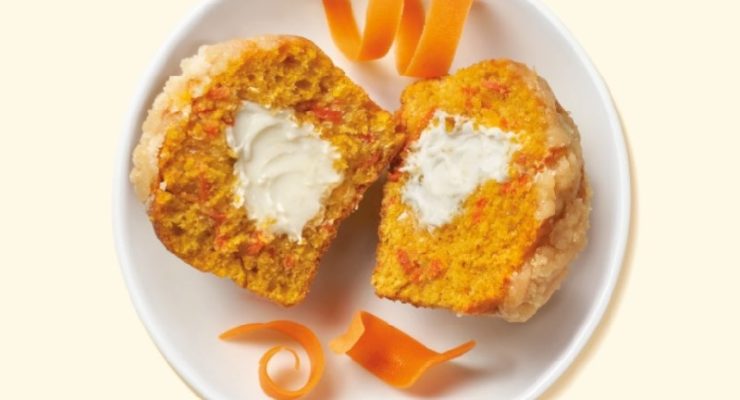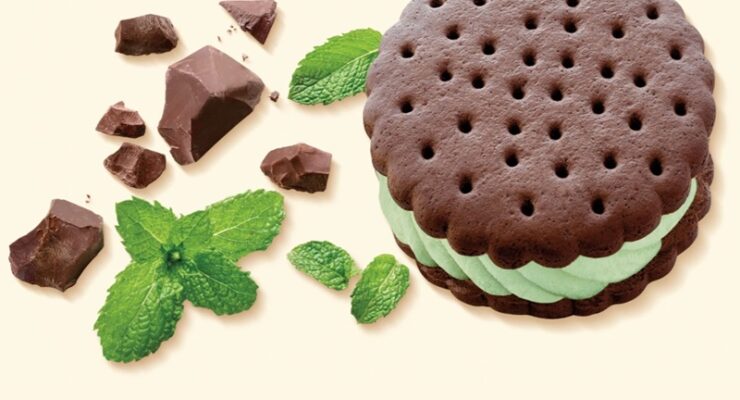Grocery Shopping 101: Your Guide to the Pasta and Rice Aisle
Article posted in: Nutrisystem for Men
Your Nutrisystem meal plan lets you choose from so many delicious entrees. All of them are nutritionally balanced and perfectly portioned. When you shop for groceries yourself, you want to get the same types of healthy ingredients on which your Nutrisystem meals are built.
No matter what you’ve heard, carbohydrates are essential to your diet. They’re a quick source of glucose, which helps provide ready fuel to your brain and other organs. But not all carbs are alike. SmartCarbs are high in fiber, so you feel full after eating them and your metabolism works steadily, without peaks and valleys to your energy level. You can find lots of great SmartCarbs in the pasta and rice aisle of the supermarket.
Here’s how to choose the best for you:
Pasta
Great news! There is a wide variety of noodles that are made from whole grains and other healthy ingredients that you can incorporate into your diet.
Whole Wheat Pasta
Pasta made from whole wheat can have as much as three times the fiber of standard noodles. Whole-wheat pasta can take a little longer to cook and may be a bit chewier, but once they’re topped with sauce, you won’t be able to tell the difference.
Asian Noodles
Udon is made from whole wheat, while buckwheat is the main ingredient in soba noodles. Both contain more fiber than a slice of whole-grain bread. Use them for soups, stir-fries and Asian-flavored side dishes.
Bean-Based Pasta
Legumes such as chickpeas, lentils, and black beans, are the base for high-protein pastas that are gluten-free. They don’t taste like beans and their texture is similar to whole-wheat pasta. They have more fiber than any other type of noodle.
Spelt
A relative of wheat with more protein and a lightly nutty flavor, spelt is an ancient grain that’s been rediscovered by healthy eaters in recent years. It has gluten, but it’s also rich in B vitamins and iron.
Sprouted Grains
Germinating wheat and other grain seeds increases their fiber and protein content and makes other nutrients more accessible to your body. Sprouted grain noodles have a pronounced nutty taste, but when cooked they have the same chewy texture as other types of whole grain pasta.
Flavored Pastas
Spinach, beet, carrot, and other types of colorful pasta are typically made with durum wheat. A small amount of vegetable is added for visual appeal, but the flavor is very faint and the vegetables do not add significant nutrients or fiber. It’s best to choose other options.
Rice and Other Grains
One simple change in your diet can drastically reduce your chances of suffering from diabetes and other metabolic disorders. Eating two or more servings of brown rice weekly is associated with a lower risk of developing type 2 diabetes, according to a study published by researchers at the Harvard University School of Public Health. Eating five or more servings of white rice per week is associated with an increased risk, they report. The difference is that fiber and other nutrients are removed from the rice grain to make it white. When you are cooking, choose brown rice or one of these other types of whole grains.
Brown Rice
The whole grain is brown because it still has the high-fiber bran and nutrient-rich germ along with the starchy kernel. You can now find quick-cooking brown rice, which reduces the cooking time to less than 15 minutes. You can also whip up a big batch of brown rice the next time you need it for a recipe, then freeze the extras for fast future use.
Wild Rice
The dark, nutty-tasting kernels known as wild rice are not actually rice, but the seeds of other edible grasses that grow uncultivated in parts of North America. A half-cup serving of wild rice has 25 fewer calories and about five fewer grams of carbohydrates than a similar portion of brown rice.
Quinoa
An ancient grain popular in South America, quinoa (pronounced “keen-wah”) comes in white, black, and red varieties. Each type has all nine amino acids that make up complete protein, which is rare for plant foods. It works well as a substitute for rice in pilafs and in grain salads.
Barley
You may be familiar with this grain from beef barley soup. It also makes delicious and filling risotto. Look for hulled barley, also known as barley groats, which is the whole grain form of barley, with only the outermost hull removed. Pearled barley is lower in fiber because the bran has been stripped off the grains.
Millet
A staple in Asia and Africa, millet is the world’s most popular grain, not rice. A half-cup serving has three grams of protein and only 104 calories. It cooks more quickly than most other types of whole grains.
Bulgur
Made from cracked wheat kernels, bulgur has a lightly sweet flavor and just 75 calories in a half-cup. It’s a key ingredient in Middle Eastern cuisine, in dishes such as tabbouleh.
Buckwheat
Despite its name, buckwheat is no relation to wheat. It’s made of the seeds from a family of plants that includes rhubarb. A half-cup has 11 grams of protein, eight grams of fiber, and 290 calories. Buckwheat is often milled into flour—it makes tasty and hearty pancakes—but it also works in hot cereal and grain salads.






